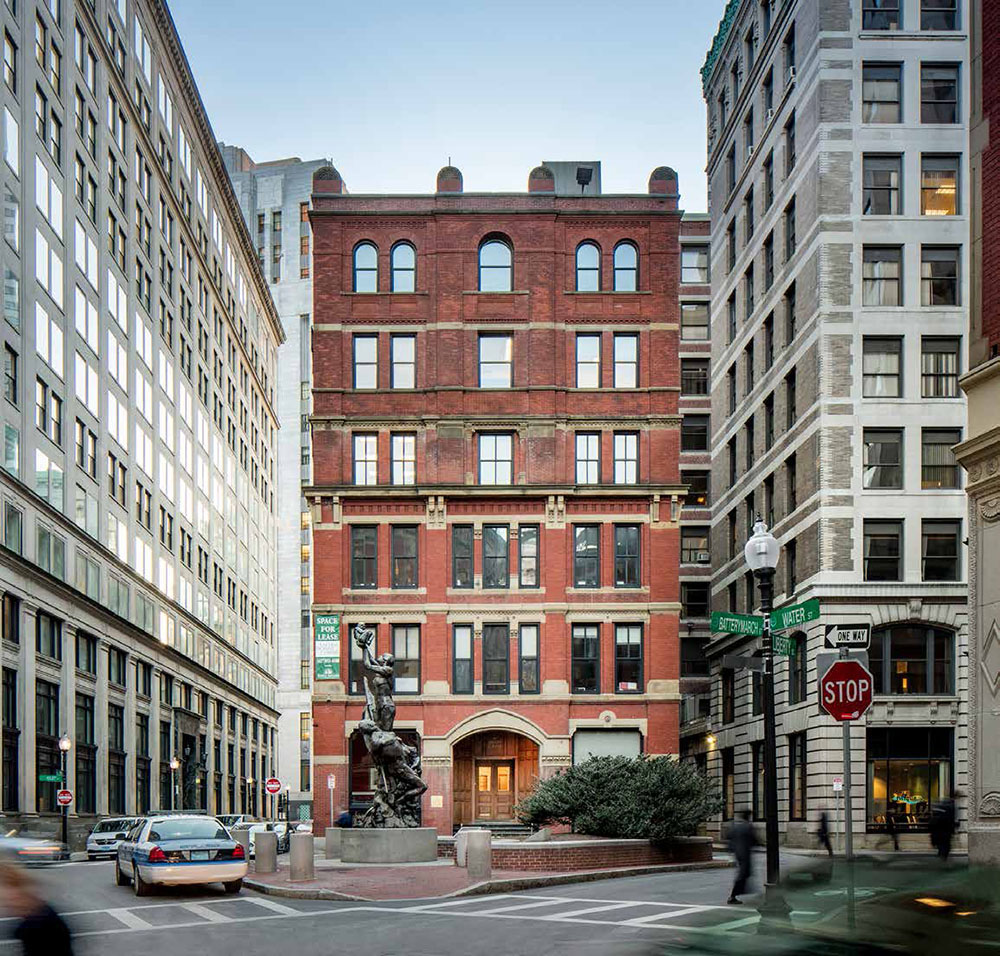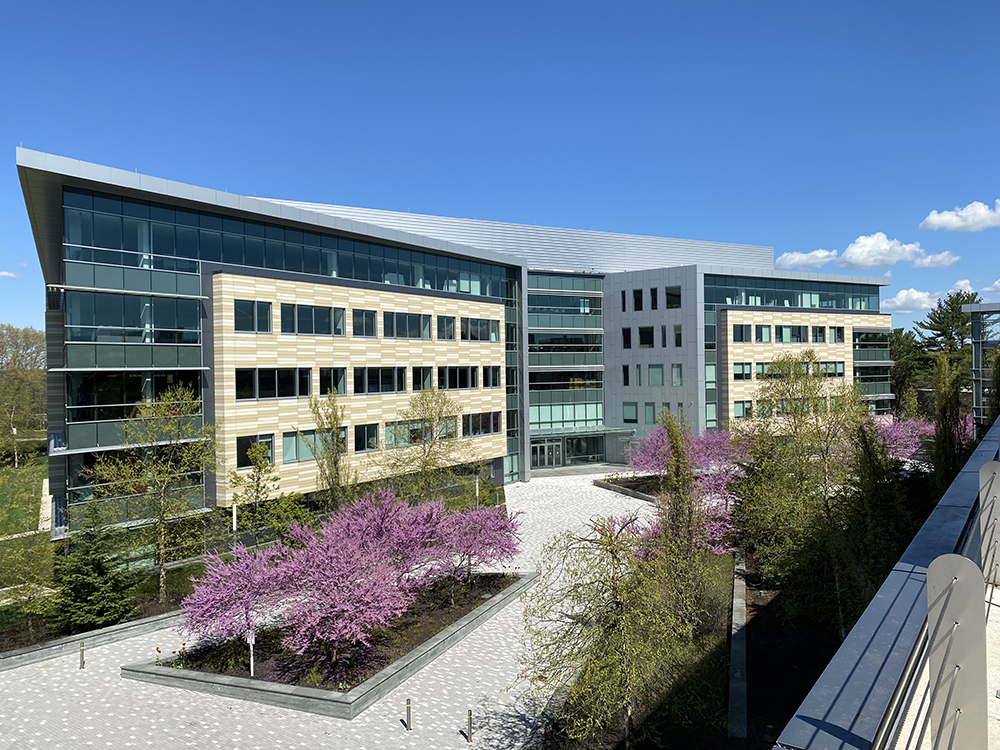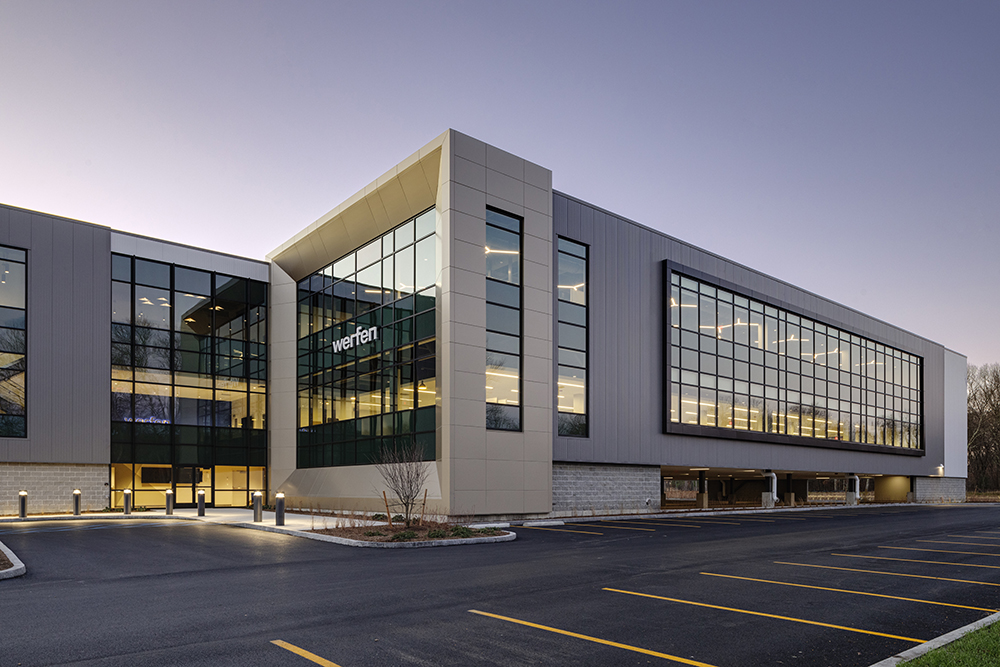Greater Portland industrial market snapshot: Inventory and overall supply will increase in 2016 - by Justin Lamontagne
For those of us in the business, the continued drop in vacancy rates is astounding. But the data doesn’t lie, and confirms what we’re feeling on a day-to-day basis. For the fifth consecutive year, the overall vacancy rate in Greater Portland has dropped significantly. As of December 15, 2015, it is a remarkably low 3.38%.
A closer look into the data outlines some really incredible story lines. Take, for example, Biddeford. With the closure of MERC, there is significant investment along Main Street and much of their mill space is being repurposed. The industrial market there is suddenly extremely tight. Only four or five years ago, we struggled mightily to fill space, even at drastically reduced prices. Today, capitalizing on the pressure of the Greater Portland inventory crunch, vacancy rates are down to 4-5% in the industrial parks and average pricing is about $5 per s/f NNN.
There are many impacts the space crunch has on our market. One that we found particularly interesting is the amount of speculative buying that happened in 2015. Developers and investors, recognizing the high cost of construction but stable lease rates, are buying empty industrial buildings with the goal of leasing them out. We sold and tracked several successful speculative purchase projects, and I anticipate this trend to continue into 2016.
The downside of such a tight market is that it can inhibit some companies from relocating and growing. As such, land for owner/user’s became a very hot sector within the industrial market in 2015. We represented several companies who searched for existing facilities, came up empty, and chose to build new. While there are obvious advantages to building new (ideal layout and design, energy efficiencies, etc) the cost still doesn’t compete with existing inventory. That gap, however, is shrinking as sale price per square foot costs continue to increase.
I predict the inventory and overall supply will increase in 2016 as speculative repurposing of buildings, owner/user new construction and even speculative new construction is inevitable. As such, sale pricing and vacancy rates should stabilize. On the other hand, I predict lease rates to increase sharply.
Landlords and brokers have been slow to dramatically adjust lease rates upward for a variety of reasons. 2016 is the year that changes and we’ll see at least a 5% increase in overall base lease costs.
On behalf of the industrial team at NAI The Dunham Group, I hope you find this information helpful as it pertains to your particular real estate holdings and business goals.
Justin Lamontagne, CCIM, is a broker at NAI The Dunham Group, Portland, ME.
Newmark negotiates sale of 10 Liberty Sq. and 12 Post Office Sq.

Make PR pop by highlighting unique angles - by Stanley Hurwitz

How COVID-19 has impacted office leasing - by Noble Allen and John Sokul

Five ways to ruin a Section 1031 Like-Kind Exchange - by Bill Lopriore









.png)
